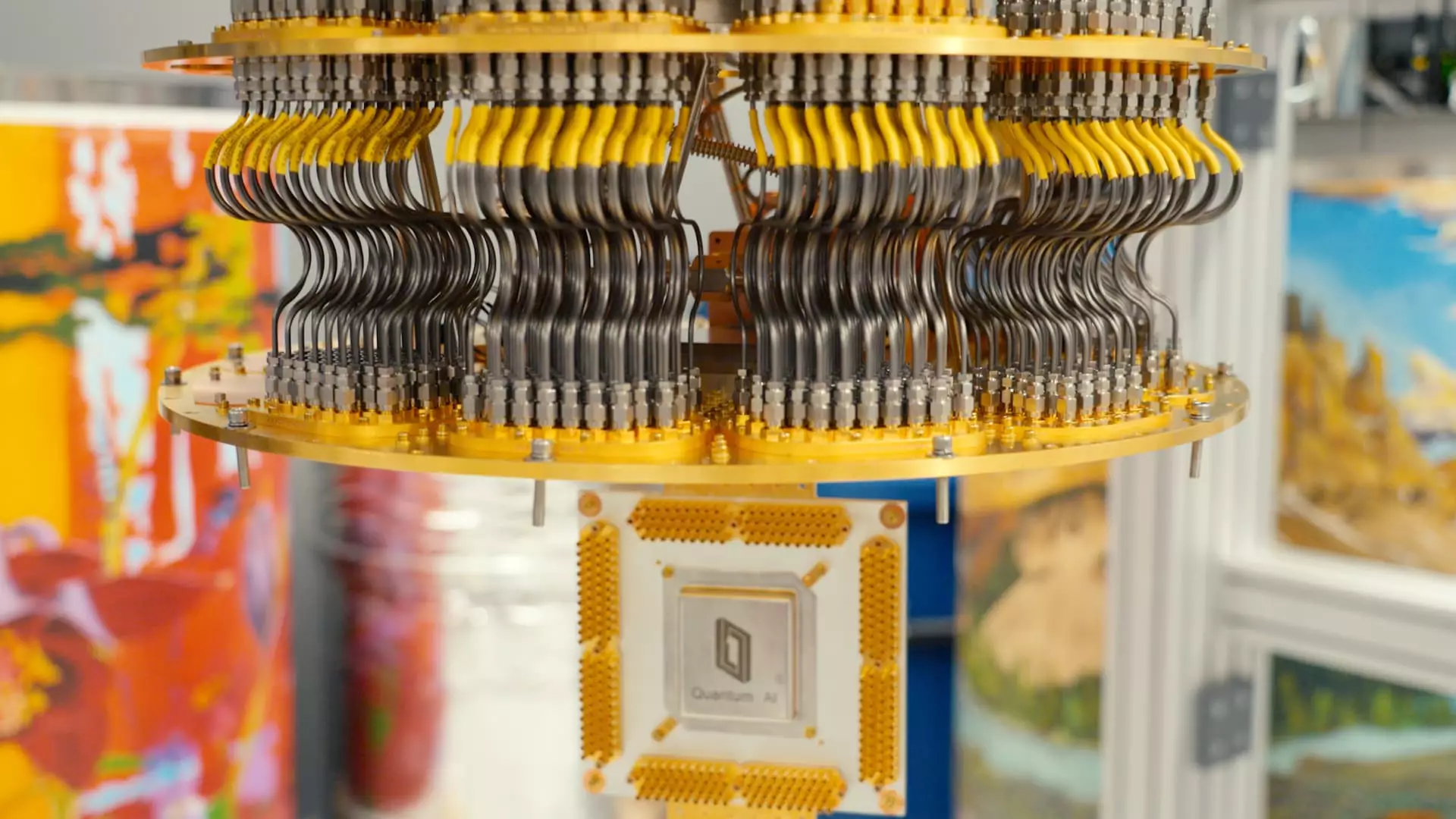Nestled away in the picturesque landscape of Santa Barbara, California, a team of scientists from Alphabet Inc. is quietly but ambitiously engaging in the frontier of technology—quantum computing. Unlike traditional computing, which leverages binary bits, quantum computing employs qubits that can exist in multiple states simultaneously. This unique capability opens a portal to unprecedented computational power, far exceeding the limitations of classical machines. Under the strategic direction of Julian Kelly, the director of hardware at Google Quantum AI, the team’s quest is not just to participate in the quantum race; they are determined to lead it.
Playing Catch-Up in the AI Era
Entering the generative AI landscape in the wake of OpenAI’s explosive success with ChatGPT presented challenges for Google, a titan that had traditionally been a pioneer in tech. While the public’s fixation on AI seemed to elevate OpenAI’s status, Google sought to assert its dominance by announcing the Willow, a revolutionary quantum computing chip. This strategic move signifies more than just a product launch; it is a direct challenge to the prevailing narrative of Google lagging behind in the AI evolution. The ramifications of Willow are profound, potentially shifting the paradigms through which we understand data processing and artificial intelligence.
Transforming Challenges into Opportunities
As AI models grapple with diminishing pools of high-quality training data, the ingenuity behind quantum computing promises an innovative solution. According to Kelly, quantum computers might not only enhance existing AI capabilities but could also generate entirely new datasets that can help fuel AI models like AlphaFold, which has already made significant headway in protein structure analysis and has garnered recognition, including a Nobel Prize in Chemistry. The synergy between AI and quantum computing could result in a turbocharged learning mechanism for AI, ultimately extending its functionality and reducing reliance on traditional data sources.
The Road to Breakthrough Applications
Kelly’s confident assertion that Google is merely five years away from introducing a breakthrough application uniquely suited for quantum computers speaks volumes about the expectations surrounding Willow and its associated technologies. This hope isn’t just pie-in-the-sky optimism; it reflects a palpable excitement within the scientific community regarding the transformative potential of quantum technologies. John Preskill’s commendation of Willow as a significant milestone underscores the anticipation that the quantum landscape is fast reshaping.
Fostering a New Era of Problem-Solving
The implications of combining quantum computing and AI go beyond mere computational speed. These technologies could redefine how we approach some of the most challenging problems of modern science, including drug discovery, climate modeling, and cryptography. As researchers hypothesize about possibilities yet unimagined, the marriage of quantum physics with artificial intelligence embodies a future brimming with hope—a future where complex problems can be resolved with insights previously deemed unattainable.
Google’s relentless pursuit of quantum computing and its integration with AI marks a pivotal moment that could redefine the technological landscape. While skeptics may harbor doubts, the groundwork laid in Santa Barbara signifies not only ambition but an evolving vision that could dominate the next technological era. The future is bright, and the next seven years will likely unveil remarkable advancements that could change the course of technological history forever.

